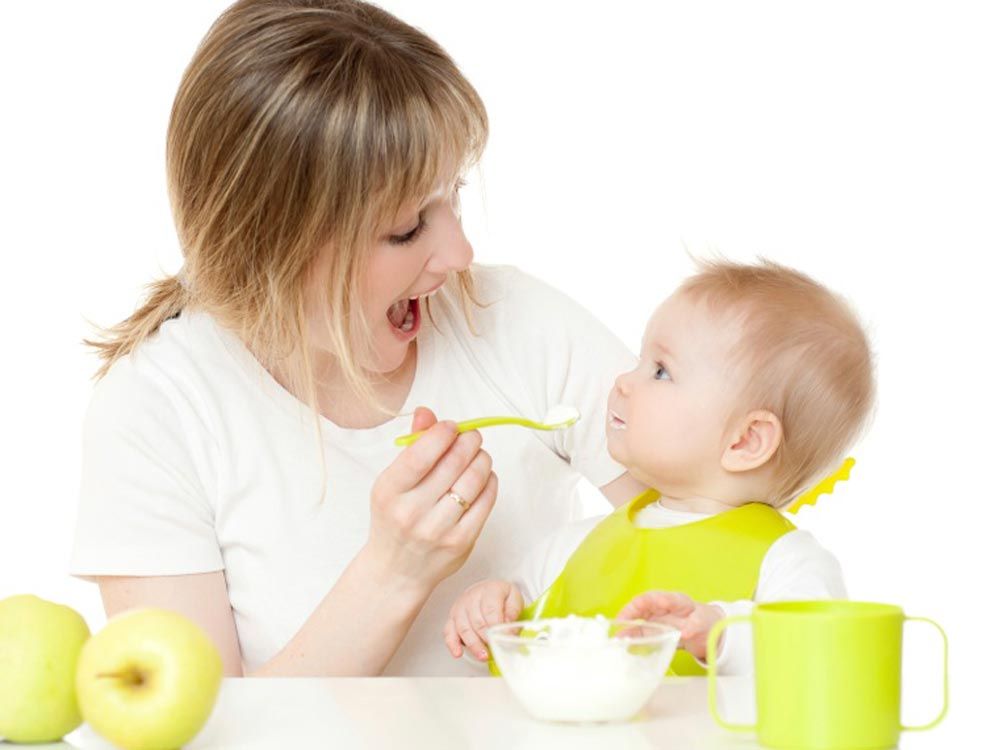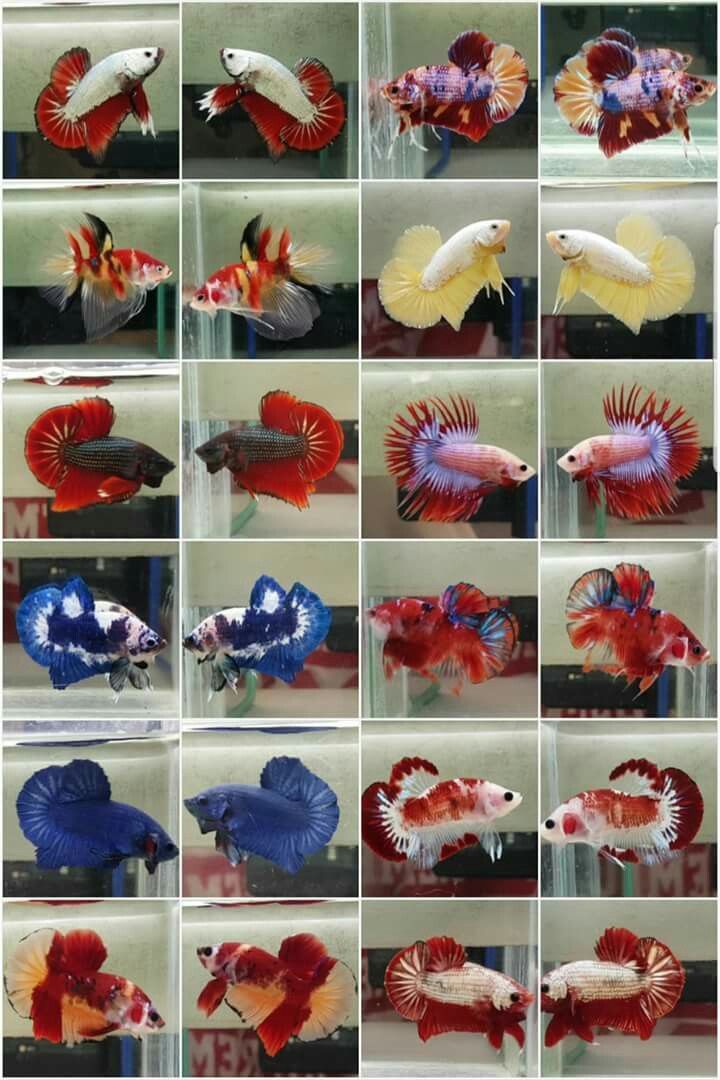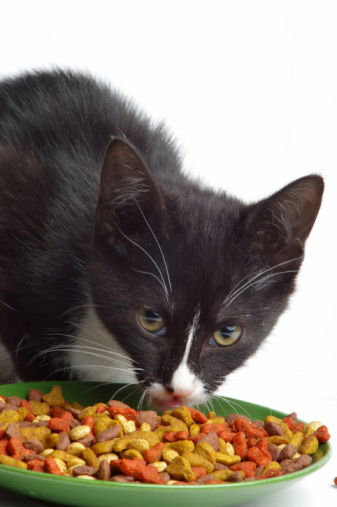The breast feeding baby doll
50cm (Newborn Size) Dolls
50cm Breastfeeding Doll
Approximate weight: 1.15kg
Our 50cm newborn size Breastfeeding Doll has realistic facial features and is the perfect size for demonstrating the correct handling and position to support breastfeeding.
The mouth is open, and the tongue is positioned to replicate a baby that is about to latch on to the breast. The soft fabric body, upper arms and legs offer flexibility when role modelling holding and positioning for effective breastfeeding.
This doll is an excellent tool for all breastfeeding counsellors and midwives supporting mums to feel confident about breastfeeding their baby.
Ethnicities available: Asian, Caucasian.
Potential Demonstration/Role modelling Uses:
- Primarily a breastfeeding demonstration tool
50cm Multipurpose Weighted Newborn Doll
Approximate weight: 2.75kg
Our 50cm weighted, newborn, Multipurpose Doll is representative of full-term baby.
The doll has realistic anterior and posterior fontanelles, and an open mouth with a palpable soft palette. It has a soft fabric body, upper arms and legs to enable flexibility during role modelling.
This doll is suited to the needs of all parenting practitioners and occupational therapists who require a realistic demonstration doll, which is representative of both the size and weight of a newborn.
Ethnicities available: Asian, Caucasian.
Potential Demonstration/Role modelling Uses:
- Breastfeeding
- Babywearing
- Car seat positioning
- Parentcraft
(Also available, our Breastfeeding Doll and Newborn Dolls without fontanelles or soft palette)
50cm Hard-Bodied Newborn doll
Approximate weight: 1.15kg
Our 50cm hard-bodied, anatomically correct, newborn doll is perfect for demonstrating how to bath a newborn baby.
This doll is particularly suited to the needs of parenting practitioners supporting parents during the antenatal period and early stages of the newborn's life.
Ethnicities available: Afro-Caribbean, Caucasian.
(Both male and females available)
Potential Demonstration/Rolemodelling Uses:
- Parentcraft bathing techniques
50cm Birthing Doll, with detachable umbilicus and placenta
Approximate weight: 1.15kg
Our 50cm semi-weighted newborn demonstration doll is representative of a full-term, newborn baby. It comes with a detachable umbilical cord and placenta, which is secured with Velcro, so can be removed and reattached as required.
This birthing/newborn doll has realistic facial and body features; clearly defined anterior and posterior fontanelles and a palpable soft-palette.
Ethnicities available: Asian, Caucasian.
Potential Demonstration/Rolemodelling Uses:
- The birthing process
- Breastfeeding
- Parentcraft
Need a female pelvis
We recommend the 3B Scientific female pelvis.
50cm Newborn Weighted Doll
Approximate weight: 2. 75kg
75kg
Our 50cm weighted, newborn demonstration doll is the length and weight of a full-term baby.
This doll is particularly suited to the needs of babywearing consultants who require a doll that enhances their demonstration of slings and carriers and allows the parents they work with to safely learn the carrying techniques before trying with their baby.
Ethnicities available: Afro-Caribbean, Asian, Caucasian.
Potential Demonstration/Role modelling Uses:
- Babywearing
- Car seat positioning
- Parentcraft/Safe handling of a newborn
Product Compare (0)
DefaultName (A - Z)Name (Z - A)Price (Low > High)Price (High > Low)Rating (Highest)Rating (Lowest)Model (A - Z)Model (Z - A)
12255075100
50cm Birthing/Newborn Caucasian Doll
Our 50cm birthing demonstration doll is the size of an average full-term baby and comes with a detachable umbilical cord and placenta. ..
£99. 00
00
50cm Breastfeeding Caucasian doll
This 50cm semi-weighted newborn size doll is perfect for demonstrating the correct handling and position to support brea..
£70.50
50cm Weighted Multi-Purpose Asian Doll
Our weighted 50cm, multi-purpose doll is suitable for babywearing consultants, occupational therapists and all parenting practitioners who a..
£96.00
50cm Weighted Multi-Purpose Caucasian Doll
Our weighted 50cm, multi-purpose doll is suitable for babywearing consultants, occupational therapists and all parenting practitioners who a..
£96.00
In Stock
50cm, semi weighted, hard plastic dolls
Our hard plastic, partly weighted 50cm, newborn demonstration doll is perfect for demonstrating bathing of a newborn. This doll is par..
This doll is par..
£42.00
Showing 1 to 8 of 8 (1 Pages)
A breastfeeding doll? Yes, we should teach children it's normal | Rebecca Schiller
The debate surrounding the "Breast Milk Baby", a doll that allows children to pretend to breastfeed, highlights how confused we are about breastfeeding. So confused in fact, that a child imitating the biological norm is seen by some as "gross".
Culturally we might be breastfeeding sceptics but at a policy level everyone is clear that improving the UK's low breastfeeding rates is a major priority; particularly as 90% of mothers say they stopped before they were ready. A Unicef report last month highlighted a £40m saving for the NHS if moderate increases in breastfeeding rates took place, savings based on the fact that formula feeding statistically increases infant illness and cases of sudden infant death syndrome and negatively affects maternal health.
The commentary to this compelling evidence is two opposing breastfeeding narratives. Most popular is a story of extreme and unfair pressure on new mothers to breastfeed, leading to guilt and depression. Whispered in lower tones are tales of understaffed postnatal wards where formula is a swift solution.
As a doula who navigates the system, and the cultural pot it stews in, on a regular basis, I find the reality more complex. Pregnant women are informed about the benefits of breastfeeding; often repeatedly and often inexpertly. However, the knowledge and support required to make their breastfeeding aspirations a reality is rarely in place and, as they are often the first in their family for a couple of generations to try to breastfeed, they have nowhere to turn for help.
Set this against a cultural backdrop where breasts are seen almost exclusively as sexual objects, it is no wonder that the Breast Milk Baby has been accused of "forcing children to grow up too quickly". Many of us find it difficult to separate breasts as food from breasts as part of sex, and thus find the idea of a child pretending to have breasts, even for the benign purpose of feeding their doll, too close to sexualisation for comfort.
Many of us find it difficult to separate breasts as food from breasts as part of sex, and thus find the idea of a child pretending to have breasts, even for the benign purpose of feeding their doll, too close to sexualisation for comfort.
Because of this I can't help but think that normalising breastfeeding in the eyes of young male and female children is essential. As Maddie McMahon, a breastfeeding counsellor from the Association of Breastfeeding Mothers says, "to get back to a status quo in which nursing is once again considered the normal way to feed a baby, children need to grow up seeing it, role-playing it and not picking up the taboos of the previous generation. Children learn to walk and talk by watching and copying. The more we expose growing humans to their biological norm, the less problems will result when it's their turn to nurture the next generation."
If the world children see is one where babies (real or toy) are fed with bottles and women (whether in doll or real-life form) have breasts celebrated only for their sexual function, the barriers to breastfeeding will become even more insurmountable.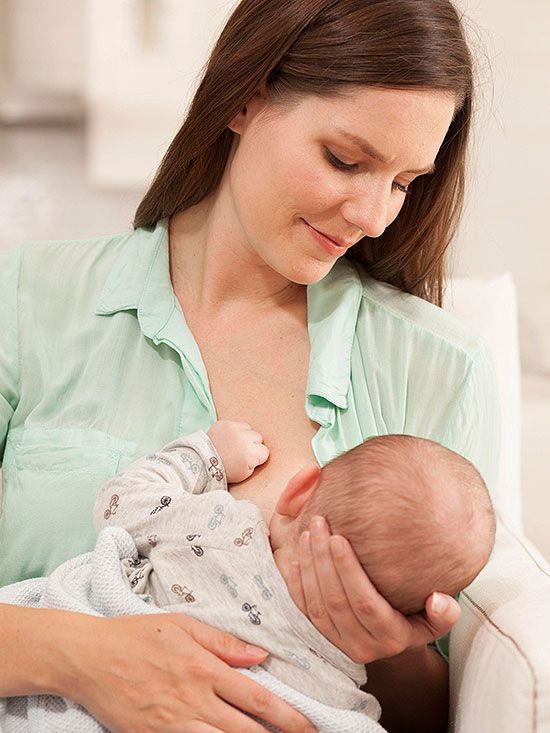 If we increase familiarity with breastfeeding through play, it may well make a difference. As Kitty Hagenbach, a psychotherapist specialising in early childhood, asserts, "although children may not need a specific doll, I believe the likelihood of their breastfeeding their children when the time comes will be increased by this type of play".
If we increase familiarity with breastfeeding through play, it may well make a difference. As Kitty Hagenbach, a psychotherapist specialising in early childhood, asserts, "although children may not need a specific doll, I believe the likelihood of their breastfeeding their children when the time comes will be increased by this type of play".
The Breast Milk Baby may have a high price tag and an overdone concept, but in a world where people often hide behind Page 3 to avoid seeing public breastfeeding, anything that seeks to redresses the balance at an early age is to be welcomed, not scorned.
Cosmetic procedures during pregnancy and breastfeeding
07/18/2019
Pregnancy and breastfeeding is a time when we care more about the health of our child than about our own beauty. However, you still want to preserve youth and beauty, so many questions arise: what procedures are safe at this time, which ones should be categorically abandoned, why and many others. We asked the cosmetologist-dermatologist of Svoya Clinic to clarify the situation!
- When can I start professional cosmetic procedures after childbirth?
Immediately after the end of breastfeeding.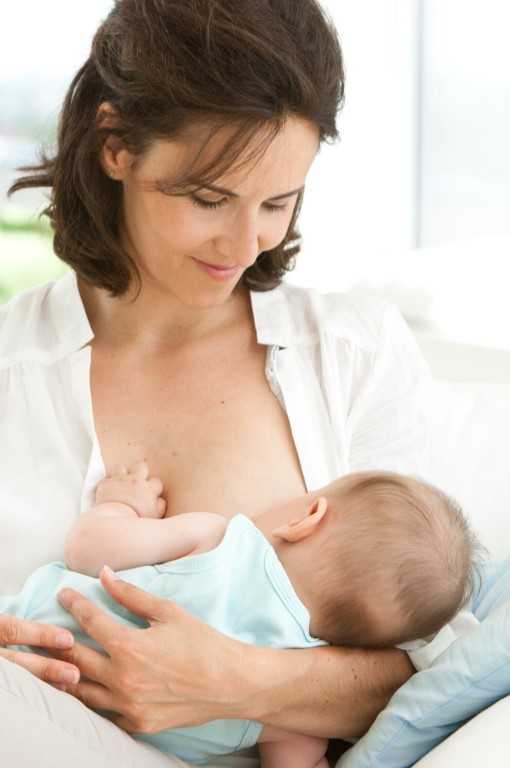
- How long does it take for injectables such as botulinum toxins to leave the body?
Botulinum toxins are eliminated within 2 days. Knowing this, some women go to the trick - before going to the beautician, they express milk for a given period of time, after which they calmly perform the procedure. We do not recommend doing this, because. most procedures have not been tested for their safety in pregnant and lactating women.
- Why should most procedures not be performed during pregnancy and breastfeeding?
Pregnant and lactating women must be tested in order to be approved for treatment. Therefore, most drugs do not have confirmed data on the safety of their use for pregnant and lactating women. Pain during injections can provoke uterine tone, and in nursing mothers - cessation of lactation. Some drugs are absorbed into the bloodstream and pass into the milk, passed to the baby, or pass through the placenta into the bloodstream of the fetus. Cosmetologists at Svoi Klinika work only with certified preparations and strictly follow all recommendations, taking into account indications and contraindications, for the procedures.
Cosmetologists at Svoi Klinika work only with certified preparations and strictly follow all recommendations, taking into account indications and contraindications, for the procedures.
- What is the difference between professional cosmetics and the mass market? Does it matter what cosmetics to use during pregnancy, lactation and after breastfeeding?
Professional cosmetics undergo more research, are often more concentrated, contain fewer preservatives and fragrances. Accordingly, such cosmetics are much less likely to cause allergies and irritations. Pregnant and lactating women have more sensitive skin. As a result of hormonal imbalance in the body at this time, women are more susceptible to products that are applied to the skin, the skin is more susceptible to ultraviolet radiation, which means that there is a high probability of getting pigmentation. To avoid this, we recommend cosmetics for sensitive skin and creams with SPF protection. You can choose the cosmetics that suits you at the consultation.
You can choose the cosmetics that suits you at the consultation.
- Most pregnant women are now in their 30s. How to maintain skin health in such a long period of time (pregnancy - breastfeeding)? What procedures to start after breastfeeding is over?
In fact, it is possible and even recommended for pregnant and lactating women to do supportive care procedures: light chemical, enzyme, enzyme peels, facial massages, masks, facial cleansing.
- Why do stretch marks appear? What is the prevention of stretch marks? How to get rid of stretch marks?
Indeed, quite often women after bearing and giving birth are worried about stretch marks. As a rule, this is due to the fact that the woman had a lack of protein in the diet. As we know, with protein deficiency, collagen, which gives elasticity to the skin, suffers. The second reason for the appearance of stretch marks may be insufficient nutrition and hydration of the skin.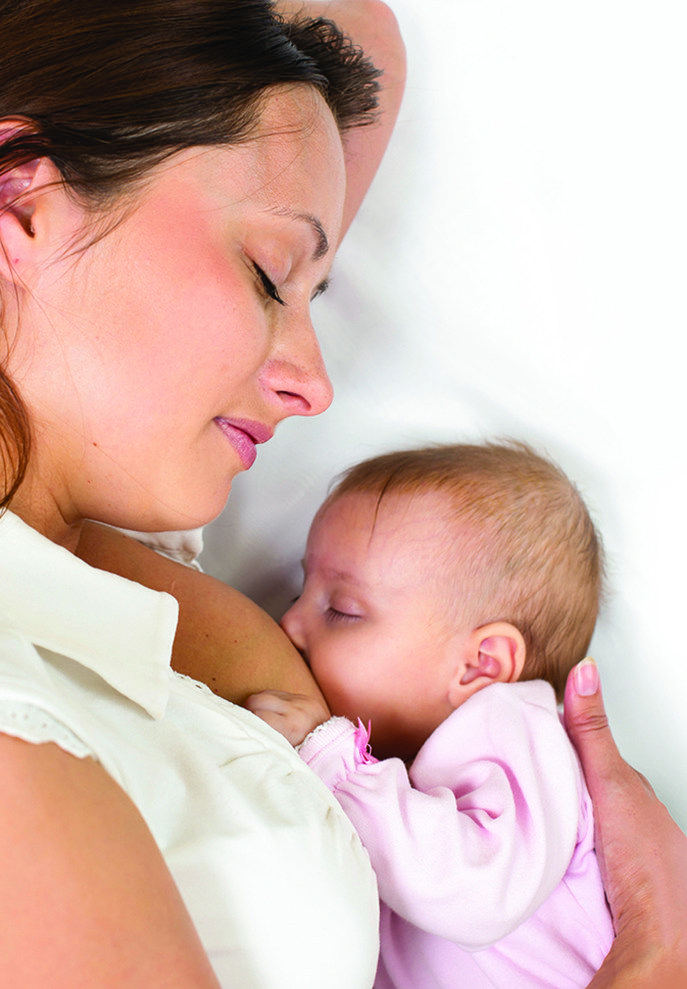
To prevent stretch marks, the skin should be lubricated with nourishing creams 2 times a day. For the best effect, we recommend alternating creams with oils or body milk. It is necessary to lubricate all those places that are prone to stretch marks, and these are: abdomen, hips, chest, sides. It is advisable to start these procedures before the stomach begins to grow.
If stretch marks have already appeared, it is necessary to resort to procedures that can be performed at home, these are: massages, massages with a brush or a hard washcloth, followed by the application of fatty nourishing creams. Professional cosmetic procedures can be done only after breastfeeding is completed. Laser resurfacing will help fight stretch marks. They are performed only in the autumn-winter period with an interval of once every 1-1.5 months with a mandatory recommendation not to sunbathe in the active sun for at least 2 months. For a better resurfacing effect, it is recommended to alternate with collagen injections, such as Collost, or injections of hyaluronic acid, vitamins and silicon.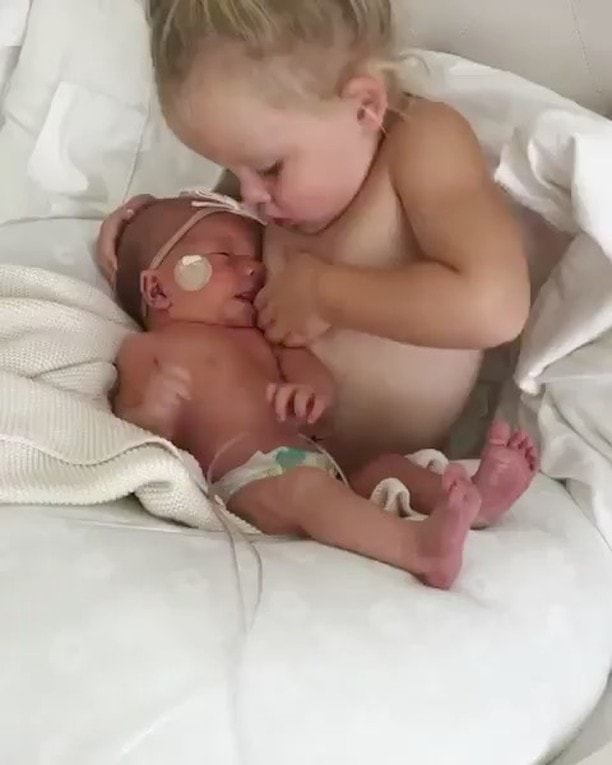 This will stimulate the production of new collagen and stretch marks will become less noticeable. The listed procedures potentiate each other's action and the effect becomes more pronounced.
This will stimulate the production of new collagen and stretch marks will become less noticeable. The listed procedures potentiate each other's action and the effect becomes more pronounced.
If the skin is atonic, flabby, overstretched, the volume of the abdomen does not go away after childbirth, then it makes sense to turn to the help of a plastic surgeon and perform a mini or full abdominoplasty to significantly improve the appearance of this area.
- Does it matter when you start fighting stretch marks?
Stretch marks are best treated when they are pinkish blue in color. These are "fresh" stretch marks. As a rule, they look like this for a maximum of 2 years. Then they turn white, which means that the tissue becomes scarred, and it is already difficult to fight it. The sooner you start fighting stretch marks, the better the effect of the procedures will be.
If you have any questions or would like to choose cosmetics for your skin, call 8 (812) 407-33-66.
Pressotherapy: process, results and indications
READ...
Abdominoplasty and lipomodeling, result after 3 months
READ...
Shiakhverdiev interview | Subject: hair transplant
READ...
Cosmetology during pregnancy - recommendations and limitations
It is not uncommon for expectant mothers, as well as young mothers who are breastfeeding a baby, to be saddened by the presence of many restrictions in all areas of life - from nutrition to sports and recreation. Including there are many prohibitions in the matter of self-care. But you really want to be beautiful in this magical period of your life
Pregnancy is a wonderful time in a woman's life. But often, expectant mothers, as well as young mothers who are breastfeeding a baby, are upset by the presence of many restrictions in all areas of life - from nutrition to sports and recreation. Including there are many prohibitions in the matter of self-care.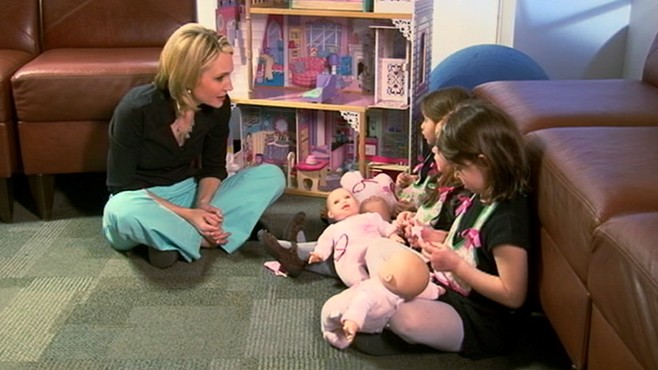 But you really want to be beautiful in this magical period of your life, and modern women are usually not ready to just give up going to a beautician and using various cosmetics for several years.
But you really want to be beautiful in this magical period of your life, and modern women are usually not ready to just give up going to a beautician and using various cosmetics for several years.
Fortunately, it is not at all necessary to wrap yourself in a veil and use exclusively baby cream and cucumber mask for the entire period. Together with the cosmetologist of the EuroMed Clinic Alexandrova Svetlana Mikhailovna, let's figure out what is actually prohibited during this period and what is not.
Hair care
There is an unusually tenacious myth that pregnant women should not cut and dye their hair.
Where he came from is now difficult to understand, but nevertheless, in the antenatal clinic you will definitely meet several expectant mothers with noticeably regrown hair roots and a haircut that has lost any shape. There is no scientific evidence that cutting or dyeing hair with modern gentle dyes can harm a pregnant woman or an unborn child.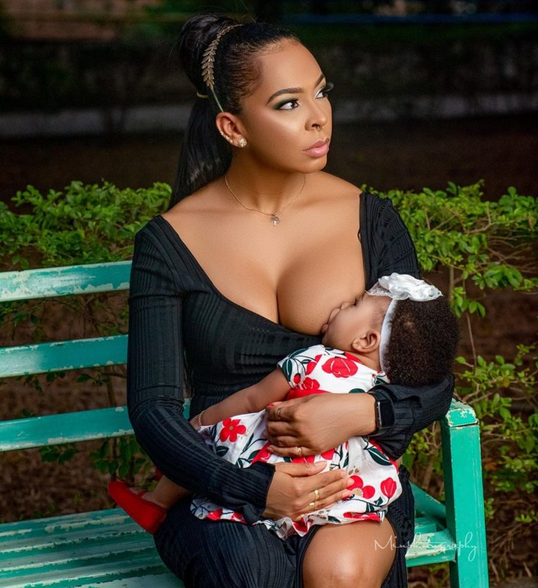 Therefore, forget about grandmother's fears and boldly go to a beauty salon! The only caveat - do not forget that after the birth of the baby, you most likely will not have time for a hairdresser in the first months, so closer to childbirth, make a haircut that will be easy to care for in conditions of time pressure.
Therefore, forget about grandmother's fears and boldly go to a beauty salon! The only caveat - do not forget that after the birth of the baby, you most likely will not have time for a hairdresser in the first months, so closer to childbirth, make a haircut that will be easy to care for in conditions of time pressure.
Hair removal
Depilation and epilation during this period are not prohibited! If you do not have individual intolerance, then the depilatory cream will not harm either your body or your baby. Hair removal with wax and resin is also not prohibited - provided that you tolerate it normally. Of course, if you are in a lot of pain, this can provoke undesirable consequences for the body, in such a situation it is better to give preference to the good old razor.
Manicure and pedicure
You can! You can do manicures, you can do pedicures, you can paint your nails and remove varnish - all this will not affect your baby's health in any way.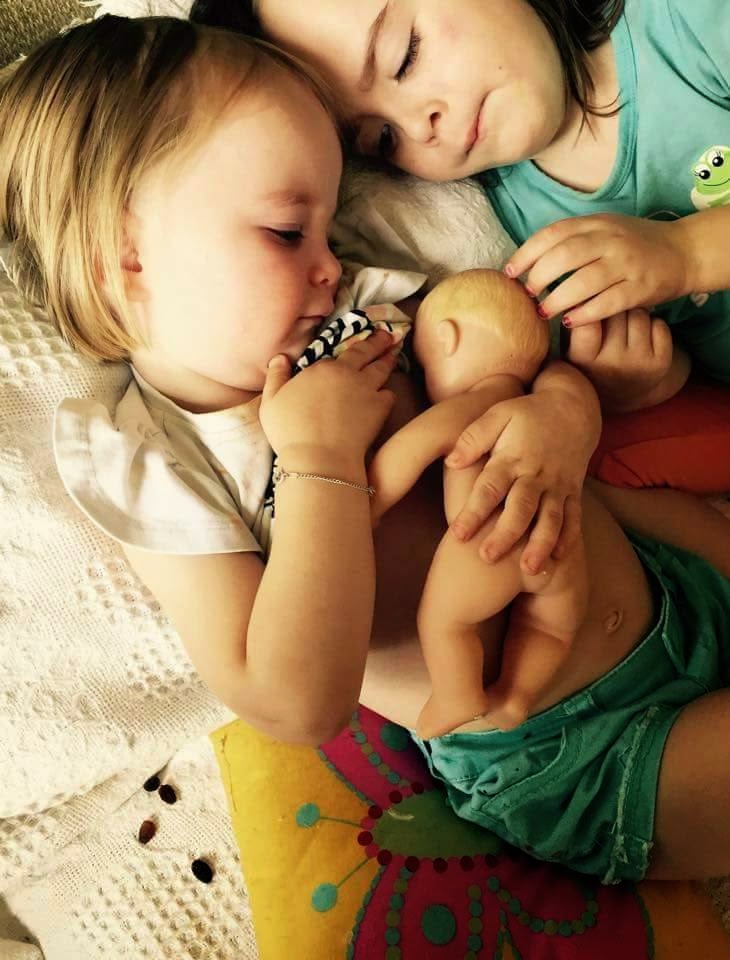 The only thing is that you should be doubly careful about the sterility of the tools that the master uses - because now you are responsible not only for yourself, but also for the health of the unborn child. Although, to be honest, it is unlikely that you would be willing to catch any unpleasant infection due to non-sterile instruments even if you were not pregnant.
The only thing is that you should be doubly careful about the sterility of the tools that the master uses - because now you are responsible not only for yourself, but also for the health of the unborn child. Although, to be honest, it is unlikely that you would be willing to catch any unpleasant infection due to non-sterile instruments even if you were not pregnant.
By the way, keep in mind that almost all maternity hospitals require that the woman in labor should not have nail polish. This often surprises women, but in fact, such a wish makes sense. During childbirth, a variety of unforeseen situations are possible, and one of the symptoms that signal a problem is the condition of the nails. If the nails begin to turn blue, this indicates problems with the cardiovascular and respiratory systems. Perhaps you should not risk your health for the sake of bright nails in such a situation.
Cosmetics
Not allowed
Retinoids are strictly prohibited during pregnancy, breastfeeding and three months before the planned pregnancy - they can have a teratogenic and embryotoxic effect, that is, adversely affect the fetus and increase the risk of congenital malformations. Therefore, funds with retinoids are prescribed only with a negative pregnancy test and reliable contraception.
Therefore, funds with retinoids are prescribed only with a negative pregnancy test and reliable contraception.
It is undesirable to use drugs containing acids during pregnancy. These are quite aggressive agents, and during pregnancy they can cause an unpredictable reaction: irritation, pigmentation disorders (lightening of some areas or, conversely, the appearance of dark spots), etc.
You should not use creams containing hormones (usually cosmetics that fight signs of aging), because in the body during pregnancy and lactation, a powerful hormonal restructuring is already taking place, you should not additionally load it.
Needed!
Be sure to use sunscreen during pregnancy. This is due to the fact that often hormonal changes in the body provoke the development of hyperpigmentation. And the sun's rays exacerbate this problem.
Remedies for stretch marks. Stretch marks or stretch marks are such an unpleasant phenomenon that is much easier to prevent than to get rid of it later. Be sure to use good creams against stretch marks from the very beginning of pregnancy, applying them with massaging movements to problem areas: chest, shoulders, abdomen, hips, buttocks. By the way, often striae appear after childbirth, during lactation - after all, the breasts of a nursing woman can increase by several sizes compared to the usual state. Therefore, do not forget about the prevention of stretch marks for the entire period of breastfeeding.
Be sure to use good creams against stretch marks from the very beginning of pregnancy, applying them with massaging movements to problem areas: chest, shoulders, abdomen, hips, buttocks. By the way, often striae appear after childbirth, during lactation - after all, the breasts of a nursing woman can increase by several sizes compared to the usual state. Therefore, do not forget about the prevention of stretch marks for the entire period of breastfeeding.
Salon treatments
Many people forget the way to the beautician as soon as they see two stripes on the test. It's a completely unnecessary sacrifice! Yes, there are certain procedures that are not recommended during pregnancy, but most of the care programs are quite affordable and will help maintain your beauty during this wonderful period. Just do not forget to warn the beautician about your interesting situation, and the doctor will suggest the appropriate care for you.
It would also be useful to consult an obstetrician-gynecologist who is in charge of your pregnancy.

